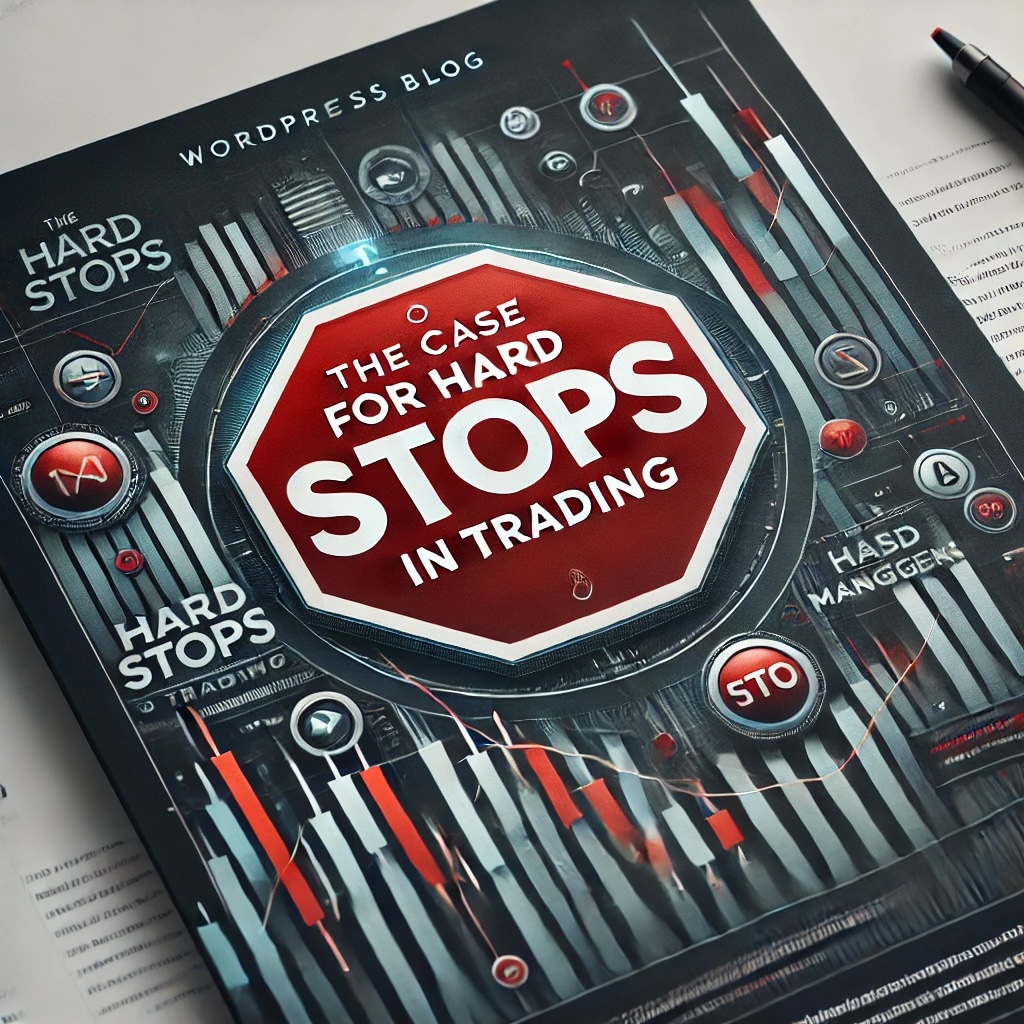There are many things to consider before taking a trade, which, especially for newer traders can become quite overwhelming. Having successfully traded the markets for over 12 years, and having taught thousands of traders, on too many occasions I have watched traders make poor decisions usually because they missed or ignored an important step in the process. Often times the step they miss is ‘market timing.’ Over 70% of stocks move with the market, which means that if your opinion of the market or your bias is wrong then you are in for a difficult trading experience. Thus, Live Traders came up with what we like to call ‘Anytime Trades.’ As the name suggests these are trades that can be taken no matter the time of the day or the condition of the market
Anytime Trades have become a favorite for many of our traders because they are so effective in working regardless of market conditions and it’s also one less thing to worry about when taking a trade. The two most popular Anytime Trades that we teach at Live Traders are: Parabolics and Relative Strength and Relative Weakness plays. In this article I will cover the Parabolic play, which has 5 main components to it, and is highly effective regardless of the time of the day or the market condition.
A Parabolic play is one that typically prays on some of type of surprising news that pushes the stock tremendously higher or lower. So much so, that it ‘has to’ pullback due to the extended nature of the move. Below is an example of a stock that got beaten up so badly that it was bound to bounce at some point. The purpose of this article is to help you understand when that bounce will occur.

As you can see in the chart above the stock dropped from $12.75 down to less than $9 in under 10 minutes! That’s a tremendously potent move, one that was so extreme that it was bound to bounce at some point. Our job as traders is to determine when the bounce is most likely to happen. Below are a few things to help you discern when the bounce is coming:
- Must have dropped 3 or more bars with AT LEAST 2 of them being ‘super’ wide range bars.
- Super wide range means double or triple the size of an average bar.
- Visually they should be the largest bars you’ve ever seen on that stock.
- The number of bars is much less important than the size of them.
- The volume during the move lower must be HUGE. Minimum 5 times normal volume.
- It should be very far away from the moving, showing a tremendous acceleration.
- Ideally there will be a bottoming tail or a green bar at the bottom.
- It should shock you when you look at it. “OMG what happened here.”

You will enter this play as soon as one of the prior bars HIGH has been broken. Your stop loss will be placed under the prior bars low. NOTE: make sure to give it some ‘wiggle’ room underneath the prior bars low, as the nature of these types of plays is typically very whippy and spready.
Your target will usually be a 50% retracement back into the void above, OR whenever the price gets back to the moving average. These types of trades can be extremely profitable, however more often than not, they will usually provide a 2:1 or 3:1 reward to risk. So, if you were risking $500 per trade, you would likely make $1000 to $1500 on a Parabolic play, which is a handsome return for a short-term scalp trade.
It’s also important to keep in mind that these trades are predicated upon some type of shocking news event, which means they will likely be extremely volatile. This level of volatility causes the stock to have a larger than average bid/ask spread, so your protective stop loss needs to be rather large, so as to let the stock wiggle a little bit. NOTE: Due to the nature of these plays, it can sometimes take 2 entries to get the timing perfect. So, don’t hesitate to get back in if you get shaken out the first time or feel the play still has the same attributes as when you entered it originally.

Looking at the chart above you can see the stock was already extremely weak on the daily timeframe, which means people have been exiting this stock for several weeks before the massive selloff that ended the move lower. Moving from the daily to the 5’ timeframe we can see that within 25 minutes of the market open the stock went from $16 to less than $10, and this was already after the daily sold off for several weeks. When we start putting it all together, the likelihood of a bounce begins to increase. In this case, we have a massive daily and 5’ sell off, plus multiple super wide ranged bars, hugely increased volume, extremely far from the declining 21ema, and a green bar at the bottom signaling that buyers are beginning to step up and take advantage of this massive selloff. The entry here is $10.80 (above the green bar), with a protective stop loss below the green bars low ($9.75), leaving us with just over a $1 stop loss, and ultimately a $2 move higher. The first target will usually be the declining 21ema, in this case roughly $13.50, and the second target will usually be a pivot trail stop. As previously mentioned, these types of trades typically provide a 2:1 reward to risk, and have an extremely high level of accuracy.
A note of caution; these patterns are not for the ‘faint of heart’ as they tend to be extremely volatile, however, if you can stomach the fast-paced nature of them, they can be incredibly profitable and lots of fun to trade as well. They are a popular ‘go-to’ patterns for many of our clients here at Live Traders because they can be taken on ANY time frame (including daily, weekly and monthly charts) and they have little to nothing to do with the current condition of the markets, which is simply one less thing that trades have to worry about, making your life easier and more profitable!
There is a lot of time and effort that goes into becoming a successful day-trader; and you would be smart to do your homework before hanging your hat somewhere. It’s wise to talk to experienced traders about their journey and of course, do your own due diligence to get a better feel for where you would likely be most comfortable. I have been doing this for 12 years and I still learn something new every day. The people who apply the knowledge and experience they acquire are usually the ones that are the most successful, so never get ahead of yourself and never let your ego trade for you, the market is all knowing and has a very uncanny way of teaching us lessons, especially when we least expect it. Trading is the truest meritocracy there is. The market doesn’t care how big your account is, what your experience level is, education level, intelligence level or anything else, that means it’s ‘generally’ fair for all participants (yes, I know HFT’s and large banks don’t play by the same rules). There are no excuses in this business, it really only comes down to how badly you want to succeed, because there are no office politics or other issues to keep you from advancing, other than your own merit. On top of that, it provides as much or more freedom than just about any other career out there. Trading is a truly wonderful business. Best of luck in your journey as a trader, it is genuinely one of the most enjoyable and flexible careers out there, IF you are willing to put in the time and effort to master it. It won’t come easy, but it’ll be worth it!





